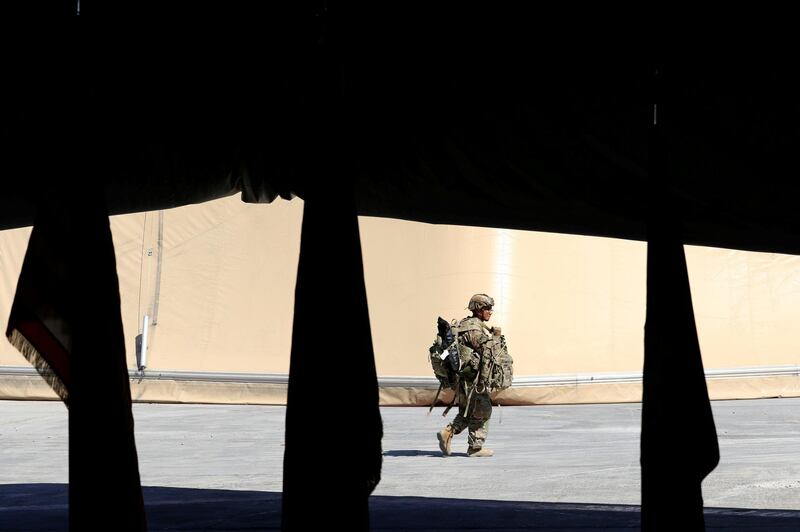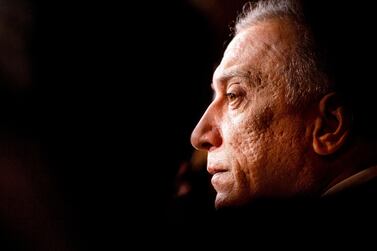The Trump administration plans to reduce the number of troops in Iraq in the next two to three months, the US Defence Department confirmed on Friday.
The Pentagon is cutting the US force in Iraq to about 3,500 troops, officials said, a roughly one-third reduction that President Donald Trump is expected to tout as progress toward winding down America’s presence in the country it invaded in 2003.
Pentagon spokeswoman Commander Jessica McNulty told The National that a reduction in US forces will take place due to improvements in the capabilities of Iraqi forces.
“We are reducing troop levels as the Iraqi capability to defeat ISIS remnants and prevent its resurgence improves,” Commander McNulty said.
The US official, however, did not specify a number and said any figure would follow coordination with Baghdad and anti-ISIS Coalition partners.
“Any reduction of US forces in Iraq will be determined through careful coordination with the Government of Iraq, as well as with our Coalition and Nato partners, and calibrated to our shared security interests and progress in the campaign against ISIS,” the Pentagon spokeswoman said.
Earlier on Friday, the Wall Street Journal reported that the US will withdraw about one third of its 5,200 forces in Iraq (1,700) and leave in Iraq 3,500 in the next two to three months.
The report cited US officials confirming the number and the duration of the reduction that would “bring American force levels roughly back to where they were in 2015” during the early campaign against ISIS.
The reduction during an election year is in line with US President Donald Trump’s campaign messaging to terminate “endless wars” including those in Iraq and Afghanistan.
But inside the Pentagon and in Baghdad there are concerns of an ISIS resurgence in these areas and unreadiness on part of Iraq to take full charge.
“The war against ISIS is over, and we announced victory. But sleeper cells for ISIS and other terrorist groups are still there,” Iraqi Prime Minister Mustafa Al Kadhimi told reporters during his visit to Washington last week.
“We definitely don't need [US] combat troops in Iraq. But we do need training and capacity enhancement and security cooperation,” he said.
Principal Deputy Assistant Secretary of State Joey Hood told The National during a briefing with reporters on Wednesday that the issue of withdrawal came up during the visit of Mr Al Kadhimi.
"The prime minister was clear that he sees a continuing need for support from the coalition, including the United States. And much of our discussions were focused on what that continuing support needs to look like.”
David Copley, Deputy Assistant Secretary of State for Iraq, said there is a transition for US troops already underway from combat to training.
“We are currently transitioning to a new phase in the campaign that’s focused more on our advisory and training work, as well as providing critical enabling capabilities like ISR [intelligence, surveillance, and reconnaissance] and close air support to the Iraqi security forces,” Mr Copley said.
The Obama administration withdrew most US forces from Iraq in 2011, but had to step back into the country in 2014 due to the resurgence of ISIS and failure of the Iraqi government to hold its territory.







